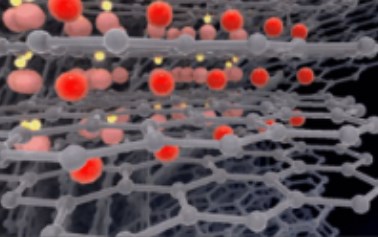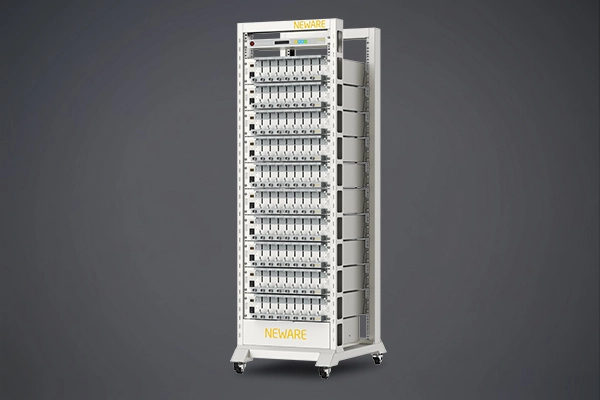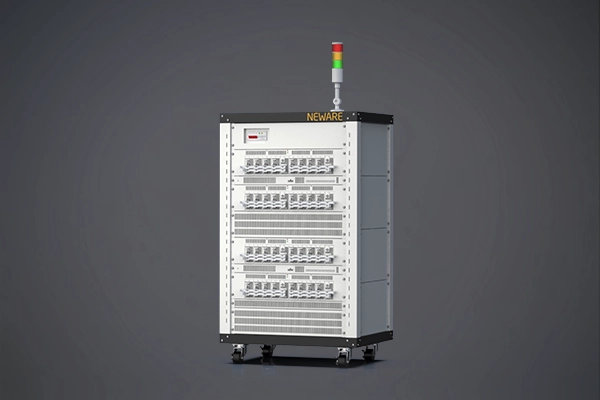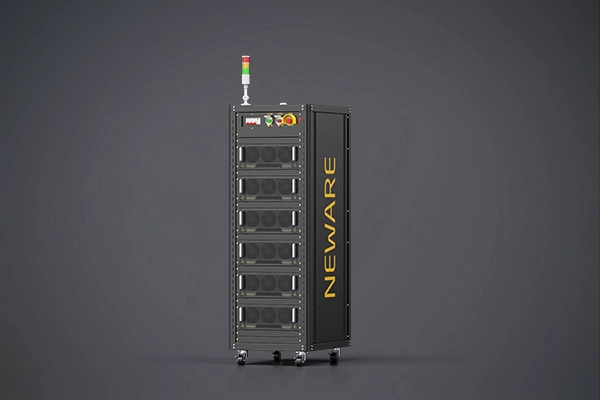

1. Specific Surface Area: The larger the specific surface area, the more active sites are available, resulting in a larger contact area with the electrolyte. This leads to shorter ion migration paths and improved rate performance. However, a larger specific surface area also implies a larger Solid Electrolyte Interface (SEI), which can lower the initial efficiency.
2. Density: Density includes true density, effective density, and apparent density, where apparent density comprises tap density and compacted density. Compacted density directly impacts the volumetric energy density of the electrode. Higher compacted density means more active material within a unit volume of the electrode, resulting in higher electrode capacity. However, high compacted density implies smaller gaps, leading to increased resistance and reduced ion pathways.
3. Expansion Coefficient: Electrode material expansion directly affects the battery's cycle life. After negative electrode expansion, particles are compressed against each other, leading to cracks and potential damage to the Solid Electrolyte Interface (SEI) film on the electrode surface. This can result in electrolyte consumption and irreversible losses. Additionally, negative electrode expansion can cause deformation during winding, potentially leading to compression of the electrode tabs against the separator and causing microshort circuits.
4. Particle Size Distribution: Under similar conditions, larger particle size and broader size distribution result in lower slurry viscosity, making it easier to coat. Moreover, small particles can fill the gaps between larger particles, increasing the compacted density.
5. Initial Charge/Discharge Specific Capacity and Coulombic Efficiency: These parameters effectively assess the irreversible consumption of the electrolyte and the formation of the SEI film within the battery during the initial cycles.
















